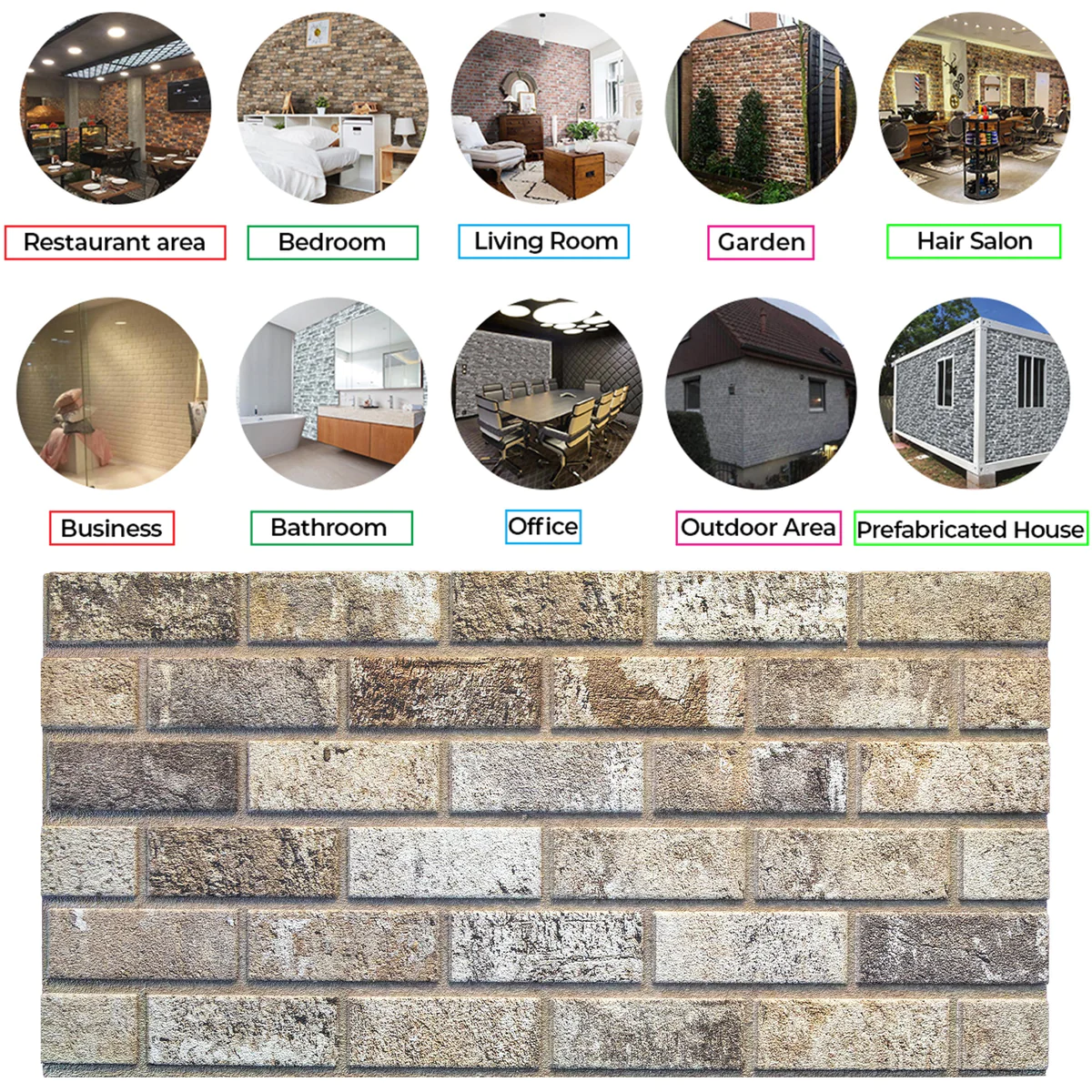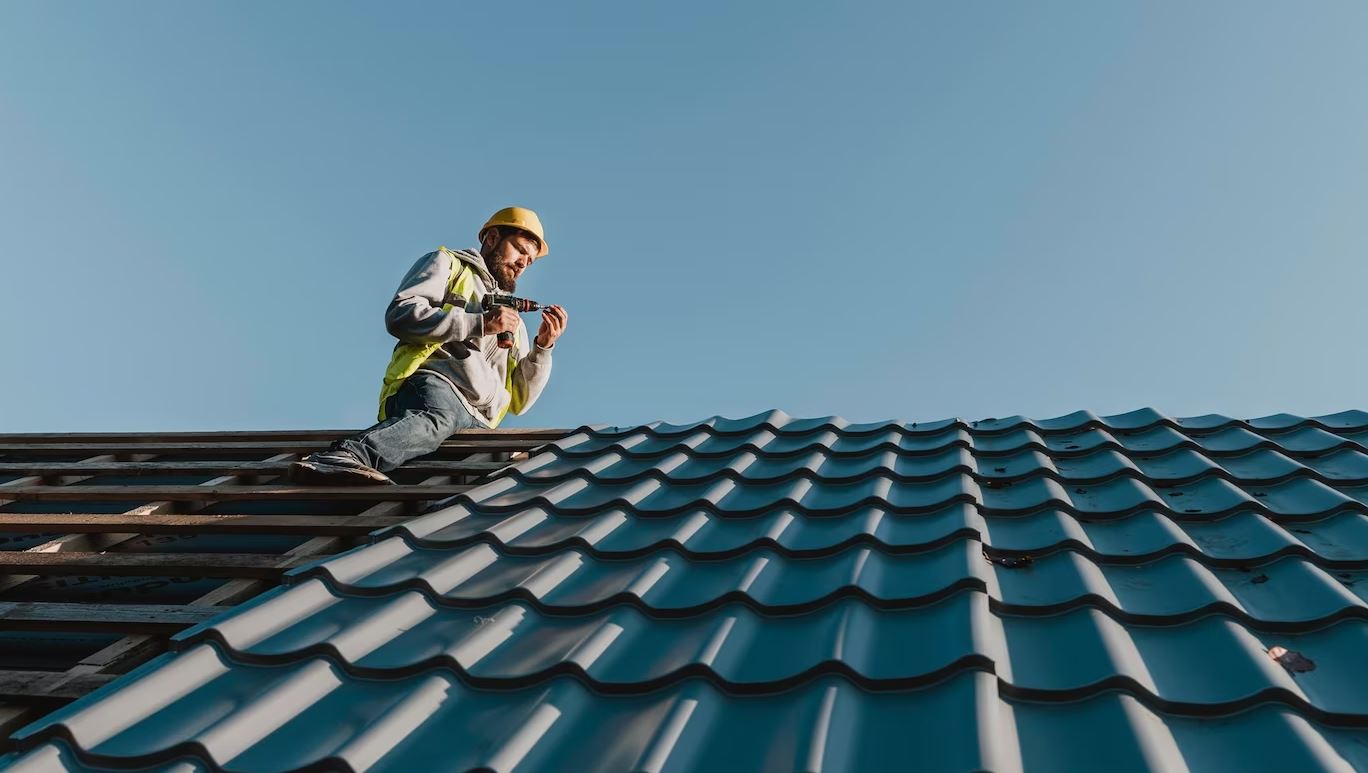Safety First: Essential Precautions for DIY Construction

We’ve all seen those envy-inducing before-and-after pictures of stunning DIY projects. Built-in bookshelves! Dream decks! Suddenly, your weekend itch to tackle a project transforms into full-blown renovation fever. But hold on there, hammer-wielding hero! Before you channel your inner Bob the Builder, let’s talk safety.
Because trust me, a trip to the emergency room isn’t the kind of “demolition” you had in mind.
Safety Gear: Your DIY Armor
Think of safety gear as your DIY knight’s armor. It might not look glamorous, but it’ll protect you from the dragons of dust, debris, and danger. Here are the essentials:
- Safety glasses: A rogue splinter or stray nail is no joke. Invest in a good pair of safety glasses that fit comfortably.
- Hearing protection: Power tools can get loud. Ear plugs or ear muffs will keep your ears happy and prevent hearing damage.
- Gloves: Depending on your project, you might need gloves for cutting, gripping, or protecting from chemicals.
- Respirator: When working with dust, fumes, or paint, a respirator is a must to avoid inhaling harmful particles.
Project Planning: The Key to Avoiding DIY Disasters
Preparation is key to a successful (and safe) DIY project. Here’s how to plan like a pro:
- Know your limits: Be honest with yourself about your skill level. Some projects are best left to the professionals.
- Read the instructions: This might seem obvious, but those tool manuals and product guides are there for a reason. Understanding how things work will prevent accidents.
- Gather the right tools: Don’t try to muscle through a project with the wrong equipment. Renting the right tools can save you time, frustration, and potential injury.
- Clear your workspace: A cluttered workspace is an accident waiting to happen.
Power Up Your Safety IQ
Now that you’re geared up and planned out, let’s address some common safety hazards:
- Electricity: Unless you’re a qualified electrician, leave electrical work to the pros. A single mistake can have serious consequences.
- Ladders: Always use a sturdy ladder with a wide base and make sure it’s properly secured. Don’t overreach – get a taller ladder if needed.
- Sharp tools: Keep knives, saws, and other sharp tools sharp and stored safely.
- Falling hazards: When working on heights, use proper fall protection like scaffolding or a harness.
Remember: Safety isn’t sexy, but a trip to the ER definitely is not. By following these precautions, you can transform your home without transforming yourself into a DIY disaster story. Now, go forth and conquer your project, but do it safely!










